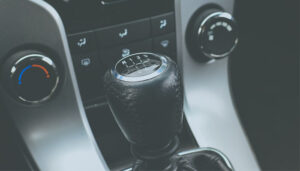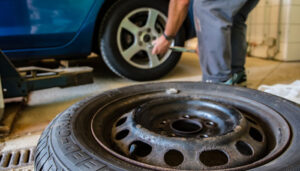Not everyone can afford electric and hybrid cars. There are also people who are not keen on switching over to battery power. Thankfully, you do not have to own the latest Tesla model to reduce your carbon footprint on the road. Whether you own used Japanese cars or you’re driving a gasoline-powered vehicle, follow our tips below. We are going to share some techniques in going green with your car.
1) Don’t Forget to Change your Air Filter
It is easy for car owners to neglect air filter replacement. However, if this is not done accordingly, your vehicle takes in impurities and particles that eventually go back into the atmosphere. So, one of the first steps towards reducing your carbon emissions is replacing your air filter. It is also worth noting that doing this can save you as much as 10% on your vehicle’s gas mileage. Just imagine how much you can lower your gas consumption in a month!
Do not worry about straining your wallet by doing this. You do not have to drive to a service center just to replace your air filter. This is a simple procedure that you can do on your own. Just go to YouTube and you will be able to find several tutorials that will guide you through the steps.
2) Lighten your Car’s Load
The heavier your car is, the more fuel it consumes. So, if there are items that you do not need just sitting in your car, it is advisable to remove them. When you take out those golf bags and other things you do not need to bring around every day, you will notice an improvement in fuel economy. Make sure you only keep the essentials in your vehicle. The fuel you save may seem incremental whenever you fill up your tank. However, it can make a difference over thousands of miles even when you’re driving used Japanese cars.
3) Try Using Synthetic Motor Oil
Synthetic motor oil tends to last longer and you do not need to add petroleum to it. So, you are avoiding a product that would otherwise be drilled from the ocean floor. Moreover, synthetic oil does not contain chemicals that break down in higher temperatures like what petroleum-based oil have. It is not uncommon to find synthetic oils with compounds that conserve energy. Check the label and you will discover this quality.
4) Lower your Air Conditioning System Usage
It can be tempting to drive around with the air conditioning switched on to its highest level. However, this increases your fuel consumption to around 20%. If the weather is nice and you are driving on a highway, it would be a good idea to roll down the windows. Of course, this might decrease the aerodynamic efficiency of your vehicle, affecting your fuel economy. So, if it is cool enough, it is worth using the flow-through ventilation instead of turning on the AC or rolling down the windows.
5) Drive Sensibly
It may feel exhilarating to rev your engine and speed through the road. Doing this may boost your ego. However, it can also hurt your wallet when you fill your tank. Moreover, this driving habit can belch lots of carbon emissions into the atmosphere. It is worth noting that whenever you go higher than 55 mph, you are losing fuel economy. This is also one of the reasons why the value is the most common limit set for driving speed. When you keep your speed to 55mph to 65mph, you can save about 20% in fuel costs.
Have you tried any of our tips above?
Let us know the results in the comments below!



